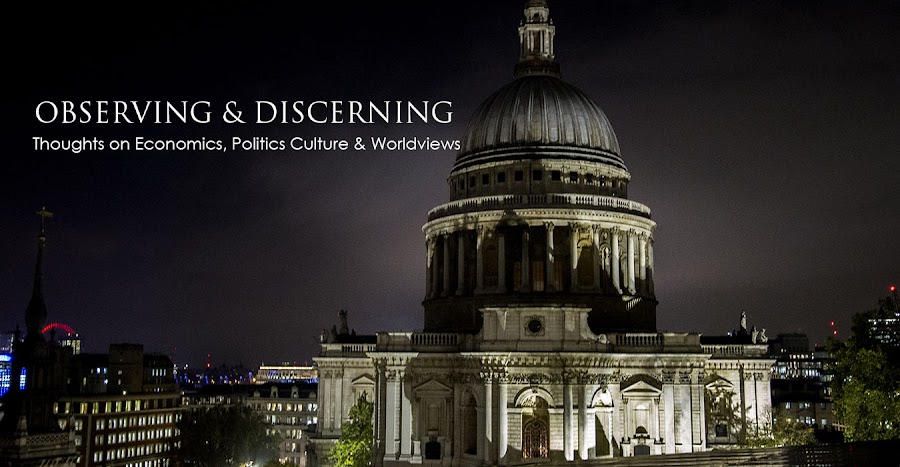My older daughter has a few weeks left to decide whether to
spend next year on an art foundation course or to begin a degree in philosophy
and economics. She’s leaning towards the
former. The art world and its educational entree aren't what I’d expected; they're far more
intellectual and competitive than one can imagine, particularly at the prestigious art schools. At one of the open days I
heard a talk from the foundation program head who said that the two most important things
which the admissions team wanted to see in a successful portfolio were these:
- Commitment
- Demonstrable problem solving
You might have thought, as did I, that they would be looking for
superior skill, talent, individuality, creativity, ‘a statement’, a
philosophical view or truth, goodness & beauty. But no, those qualities weren’t even
mentioned. And it occurred to me that those two personal
characteristics encompass a great deal and can tell you much about someone’s
character. Commitment means that you’re
in something for the long haul - you’re willing to take risks, make mistakes,
dedicate your time to learning, be resilient in the inevitable event of
setbacks and you’re willing to forgive and move on where necessary. It was the problem solving bit that I found
so interesting for an art school to be preoccupied by, but this is so
critical. The greatest artists have all
been technical innovators – even Constable, whom you might think of as a
painter of quaint pastoral, set pieces
of nostalgia. But he was actually doing quite radical things with his subject matter and technique that were groundbreaking for his time - we just weren’t there to understand the artistic, philosophical and social norms of the
day.
Or Michelangelo. He’d
never worked in the medium of frescoes before his commission of the Sistine
Chapel. The engineering difficulties of
scaffolding and lighting were immense in their own right. And his first attempts at the ceiling ended
in disastrous flaking and smudging of paint.
But he didn’t pack it in. It took
him four years to complete this one commission.
Of all the works of art I’ve seen and admired in all of the museums and
churches I’ve been able to visit, the Sistine chapel remains for me a most
outrageous and disarming work of art. Its
beauty , for me, is just about indescribable; I could see in those monumental
figures the anguish and near madness of a genius at work.
Commitment and an innovative approach to problems - these are what an art school wants to see
in the artists of the future – those who will make a meaningful contribution to
the common good. I think these two
qualities are needed in a person in just about any endeavour you can think of, from
entrepreneurs to scientists, from community activities to personal
relationships, from legacies of the past to an innovative and creative future.



.jpg)